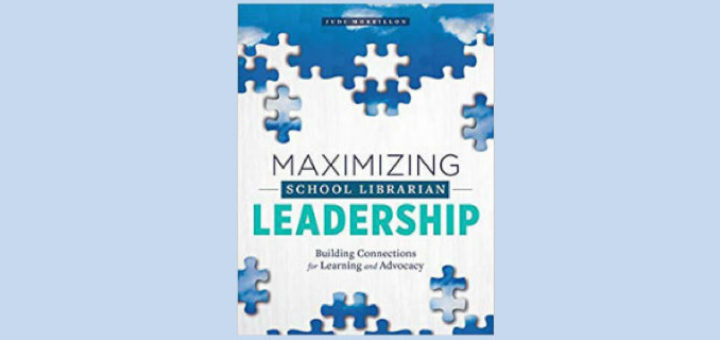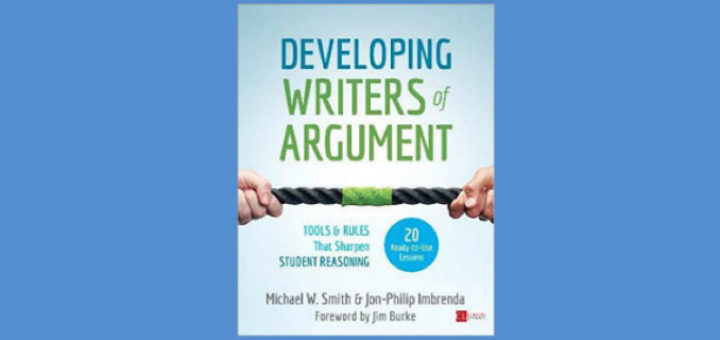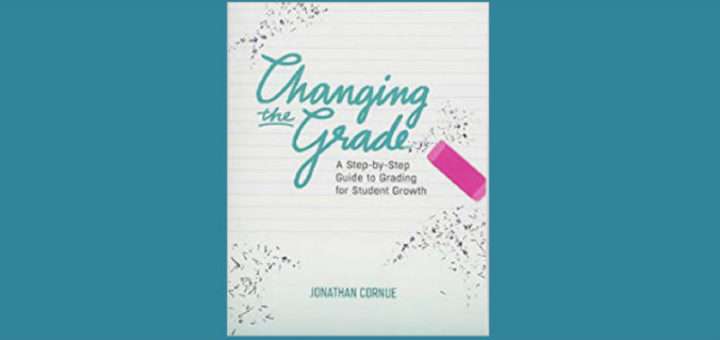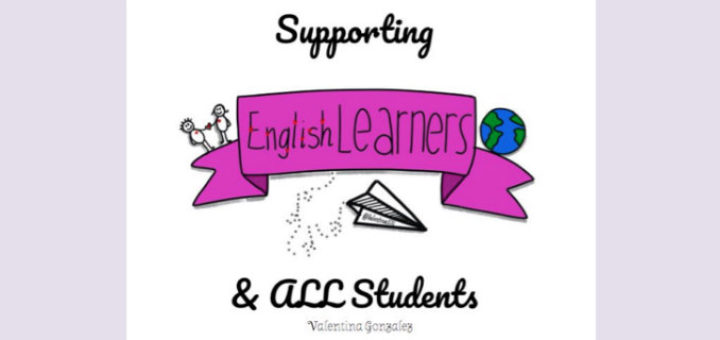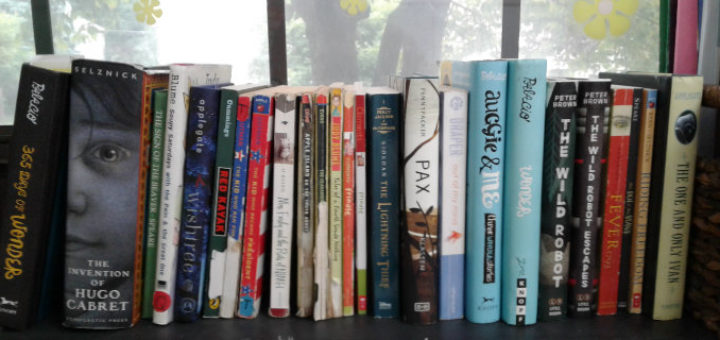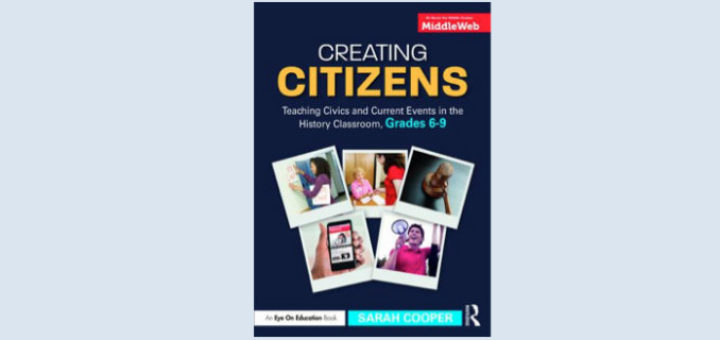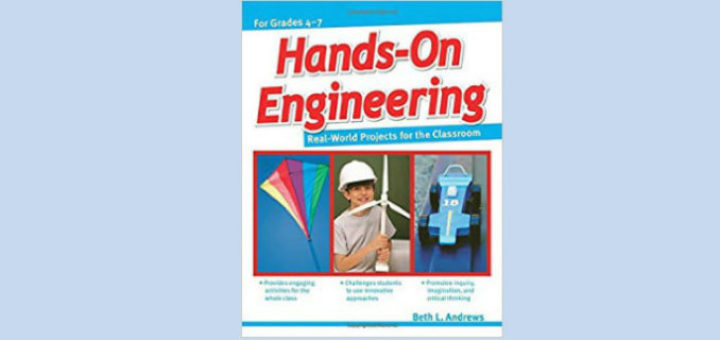Teaching and learning in grades 4-8
Using the Reading Response strategy, Marilyn Pryle writes, class time becomes a time of meaningful discovery. Students do not passively ingest information but actively create ideas through their own thinking, writing and discussion. Teachers facilitate, clarify and celebrate.
With commitment and hard work, school librarians can become indispensable to school success, writes Judi Moreillon. Through their support for community building, PD, inquiry learning, digital resources and more, librarians can be a vital part of leadership teams.
The 20 lessons in Developing Writers of Argument are perfect for teachers looking for innovative and relevant material that distinguishes argument from persuasion. ELA teacher Erin Corrigan-Smith says the engaging content can also work for cross-curricular assignments.
Jonathan Cornue does an excellent job presenting standards-based grading’s nuances, critical players, and the steps to transition from a traditional 100-point grading system. Teacher Julie Bernardi says the 30-step process, including checkpoints, can be a valuable guide.
Pairing English Language Arts classrooms with appropriate technology can be “down right difficult,” says author and middle grades ELA teacher Jeremy Hyler. He recommends experimenting with no more than two digital tools at a time and shares a pair of his own favorites.
It is not the skills or rules of sports that our students will remember from our teaching of physical literacy, writes PHE teacher Anthony De Giorgio, but the environment and experiences we provided that allowed them to not only learn, but to also have fun and be a kid.
Your English learners need some extra scaffolds and supports to level the playing field. They are learning a new language while navigating content at the same time. EL specialist Valentina Gonzalez highlights 18 ways that you can help support them in their journey.
After 17 years Mary Tarashuk finds her memory-laden purple bookshelf can no longer carry the load. As she moves her read aloud novels to a brightly lit window shelf, she checks in with her collection to determine which 4th grade favorites will star in the new school year.
Sarah Cooper’s Creating Citizens is brimming with insight on how to connect current events to history, writes social studies teacher Joanne Bell. Cooper offers fresh ideas, higher order skills, and excellent implementation tips, all applicable to any period of history.
With its introduction to engineering design, thoroughly developed projects, teacher’s guide and more, Hands-On Engineering will likely prove a favorite with middle grades teachers. Gail Morris plans to make it a go-to resource as she integrates more STEM into her business and career classes.


